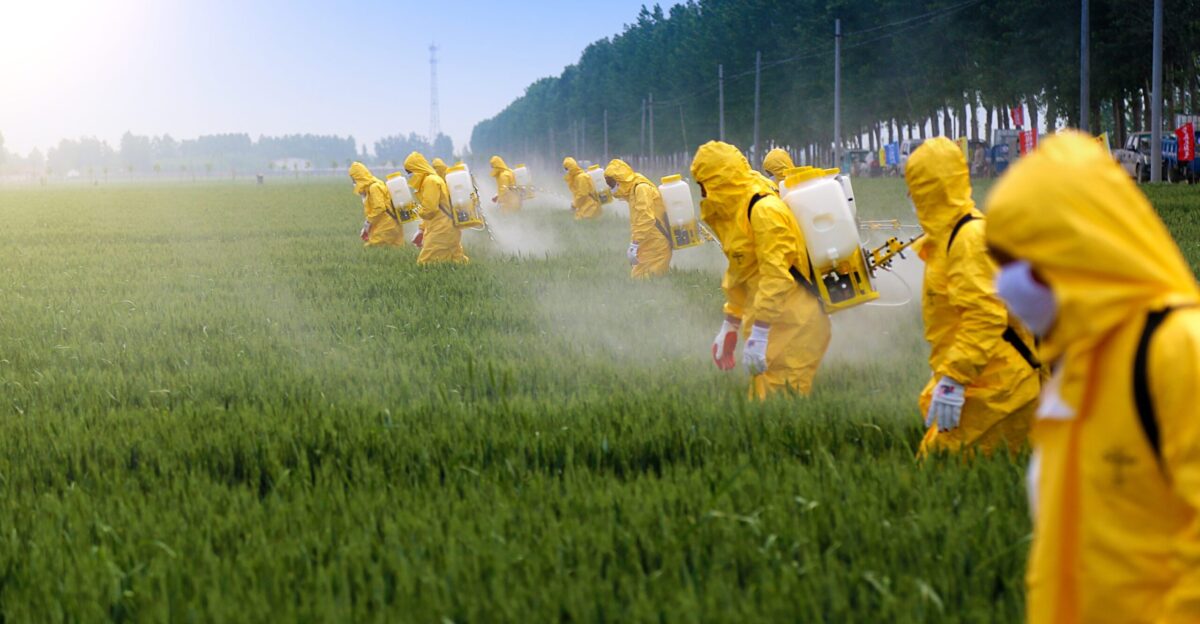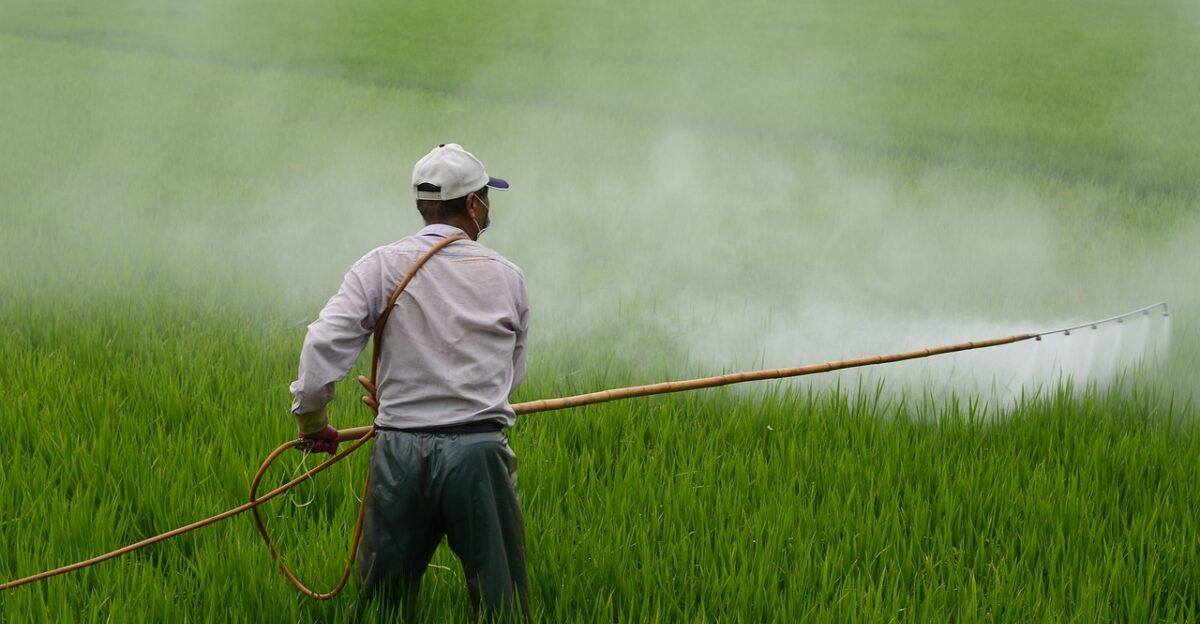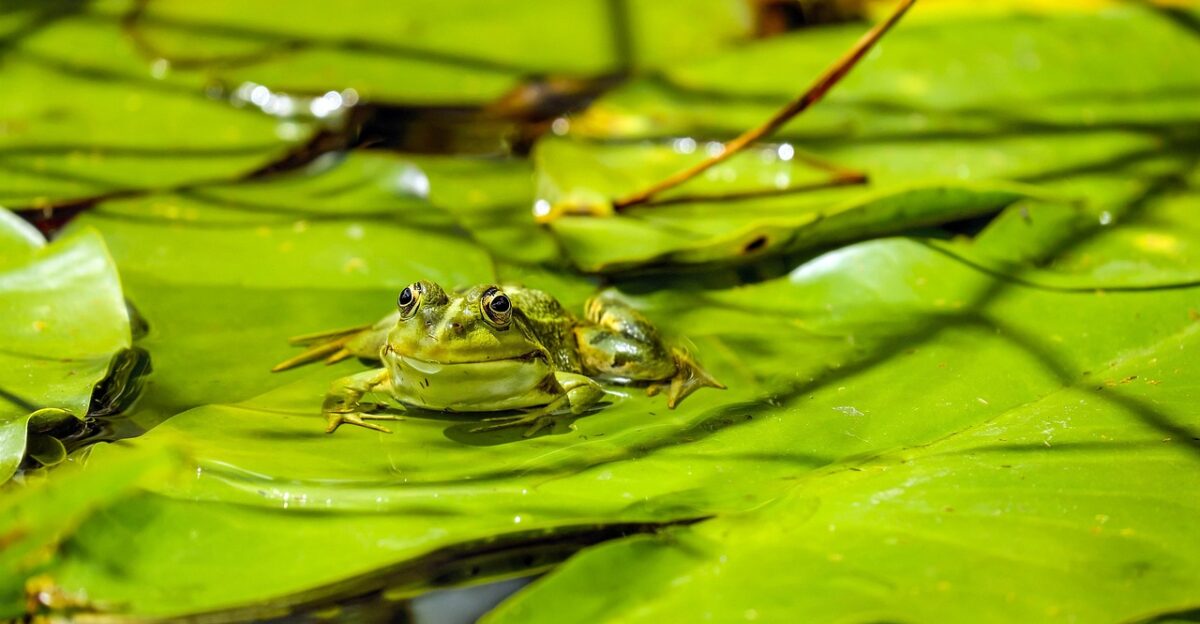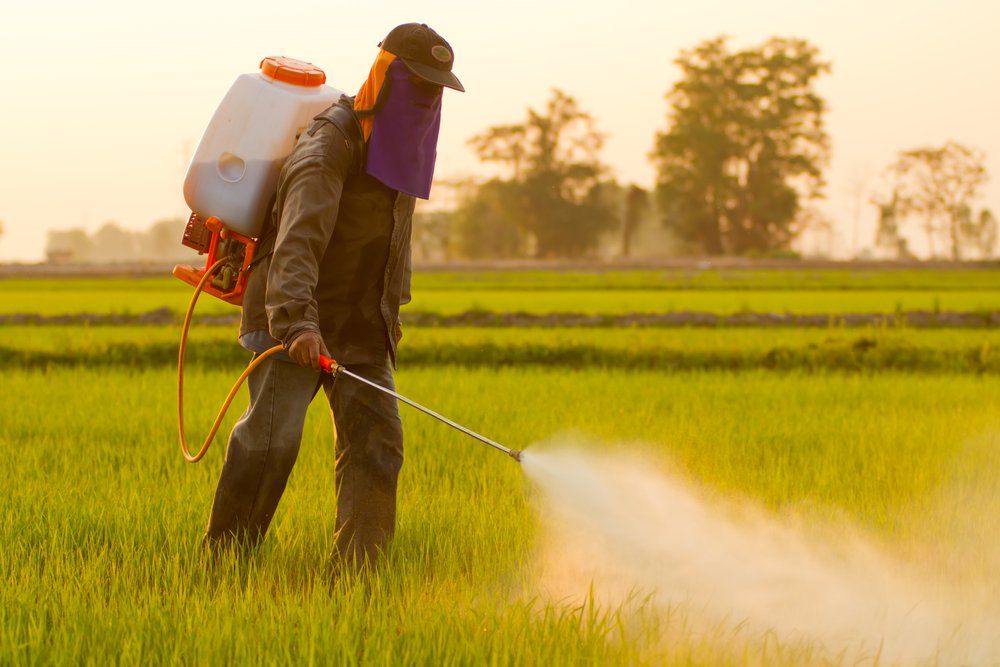
As the controversy over glyphosate continues, a new ingredient has emerged in American weedkillers: diquat. Once overshadowed by its more infamous cousin, paraquat, diaquat is now widely used in vineyards, orchards, and other agricultural settings across the United States.
This shift is partly driven by efforts to phase out glyphosate and paraquat, both of which have been linked with significant health and environmental concerns. However, recent research is raising alarms about diquat’s own toxicity, prompting calls for greater scrutiny of its use and regulation.
Global Bans and Regulatory Gaps

Diquat’s risks have not gone unnoticed in other parts of the world. According to The Guardian, herbicides are banned in the European Union, the United Kingdom, China, and several other countries because of their potential to harm both humans and wildlife.
Despite mounting scientific evidence, the US Environmental Protection Agency (EPA) has not initiated a review or ban of diquat. “Other countries have banned diquat, but in the US, we’re still fighting the same fights that Europe won 20 years ago,” said Nathan Donley, a science director at the Center for Biological Diversity.
The Concept of “Regrettable Substitution”

The replacement of glyphosate with diquat in products such as Roundup is a prime example of what scientists call “regrettable substitution.” This is the practice of substituting one undesirable chemical with another that could be equally or more dangerous.
As scrutiny grows over glyphosate’s links to cancer and environmental harm, companies have reformulated their products, sometimes without sufficiently testing the new ingredients’ safety profiles. Experts warn that this cycle can perpetuate public health risks rather than resolve them.
Mechanisms of Toxicity: Gut and Organ Damage

Recent reviews published in scientific journals have traced the many ways that diquat can harm the human body. According to a 2025 Frontiers in Pharmacology, diquat disrupts the lining of the gut, kills beneficial bacteria, and triggers inflammation throughout the intestines and beyond.
Such impairment of the gut barrier can result in the entrance of toxins and pathogens into the bloodstream, which can lead to systemic inflammation and increase the risk of chronic diseases.
Impact on the Kidneys, Liver, and Lungs

The toxic effects of diquat are not confined to the digestive tract. Studies have shown that the chemical can inflict irreversible structural and functional damage to the kidneys by destroying cell membranes and inhibiting cellular signaling.
Similar mechanisms are observed in the liver, where diquat induces the production of proteins that inflame the organ. In the lungs, diquat exposure triggers inflammation that can damage tissue and impair respiratory function.
Wildlife and Ecosystem Risks

The environmental impact of diquat extends to wildlife, particularly amphibians and aquatic organisms. A 2025 study found that diquat-based herbicides were highly toxic to tadpoles, impairing their survival, growth, and behavior.
These results emphasize the broader ecological consequences of diquat use, as disruptions to amphibian populations can ripple through entire ecosystems. Such risks have contributed to the bans enacted in many countries.
Chronic Exposures and Human Health Concerns

Although acute poisonings from diquat are well-documented, concerns are growing about the effects of chronic, low-level exposure. According to ScienceAlert, diquat can accumulate in the body, leading to long-term risks such as neurotoxicity, carcinogenicity, and even links to Parkinson’s disease.
Animal tests and autopsies of poisoning victims reveal that diquat can cause multiple organ failure at high enough concentrations, raising questions about its safety for long-term human exposure.
Regulatory Inaction in the US

Despite the mounting evidence, U.S. regulatory agencies have been slow to act. The EPA has not prioritized a review of diquat, focusing instead on battles over glyphosate, paraquat, and chlorpyrifos.
Advocacy groups argue that the regulatory system is poorly suited to address emerging risks, often lagging behind international standards. “The lack of regulatory scrutiny in the US, compared to bans already enacted in the EU, UK, and China, raises questions about the influence of industry and the adequacy of current pesticide laws,” reports The Guardian.
Industry Influence and Legal Challenges

Advocates have accused the Environmental Protection Agency of being unduly influenced by industry interests, making it difficult to ban hazardous pesticides even when evidence of harm is strong.
For example, the agency’s 2022 ban on chlorpyrifos was overturned in court after industry groups sued, highlighting the legal and political obstacles to effective regulation. Donley notes that US pesticide laws are weak, that even when there is a will to act, meaningful change is hard to achieve.
Reform Demands

Experts and environmental groups are now calling for a comprehensive overhaul of US pesticide regulation. They argue that a more precautionary approach is needed, one that prioritizes public health and environmental protection over industry convenience.
As the case of diquat demonstrates, simply replacing one dangerous chemical with another is not a solution. “When you approach an issue from the lens that toxic pesticides are a ‘necessary evil,’ there is only so much that you will do,” Donley concludes. The diquat debacle could be just another case within a broader story of the urgency for stronger science-based pesticide policies in the US.







